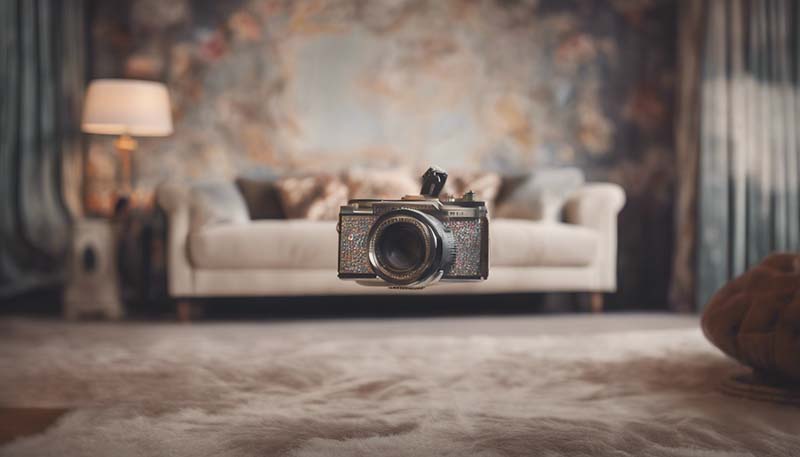The Impact of Art on Interior Design
- Interior Design Trends
- 23 Comments
The Impact of Art on Interior Design
Welcome to this in-depth exploration of the profound influence that art has on the world of interior design. This article will delve into how art can transform spaces, inspire creativity, and elevate the aesthetic appeal of any environment.
Introduction
Art has always played a significant role in shaping the ambiance and character of interior spaces. From the ancient Egyptian frescoes to the modern abstract canvases, art has been a fundamental element in the design of both public and private spaces.
The Role of Art in Defining Space
Creating a Focal Point
Art can serve as a powerful focal point in a room, drawing the eye and setting the tone for the rest of the design. Whether it's a bold, colorful piece or a subtle, minimalist sculpture, the right piece can anchor a space and provide a visual anchor for the viewer's gaze.
Expressing Personal Style
Art is a personal expression, and incorporating it into interior design allows individuals to showcase their unique tastes and perspectives. It can reflect one's culture, heritage, or simply their favorite artists and styles.
The Influence of Art on Mood and Atmosphere
Evoking Emotion
Art has the ability to evoke a wide range of emotions, from joy and excitement to serenity and tranquility. The colors, shapes, and themes of a piece can greatly influence the mood of a space, making it feel warm and inviting or cool and sophisticated.
Creating a Conversation Starter
Art can also serve as a conversation starter, prompting discussions and debates that can bring people together. This social aspect is particularly important in public spaces, such as hotels, restaurants, and offices, where art can help foster a sense of community and connection.
The Integration of Art in Interior Design
Choosing the Right Artwork
The selection of art for a space should be carefully considered, taking into account the overall design scheme, the colors and materials used, and the scale and proportion of the space. It's important to choose pieces that complement and enhance the existing design elements, rather than compete with them.
Art as a Design Element
Art should be treated as a design element in its own right, rather than an afterthought. This means considering its placement and presentation, whether it's hung on a wall, displayed on a pedestal, or integrated into the architecture of the space.
Case Studies
Residential Spaces
Explore how art has been used to enhance and personalize residential spaces, from family homes to luxury apartments. Look at examples of how different styles and genres of art can be incorporated into various design styles, from traditional to contemporary.
Commercial Spaces
Examine the role of art in commercial spaces, such as hotels, restaurants, and offices. Discuss how art can be used to create a brand identity, enhance the customer experience, and contribute to the overall atmosphere and design of the space.
Conclusion

In conclusion, art is a powerful tool in the interior designer's toolkit, capable of transforming spaces, inspiring creativity, and elevating the aesthetic appeal of any environment. By carefully selecting and integrating art into interior design, designers can create spaces that are not only beautiful but also emotionally resonant and memorable.
References
Include a list of references or sources used in the article, such as books, articles, and websites related to art and interior design.
Leave a Reply